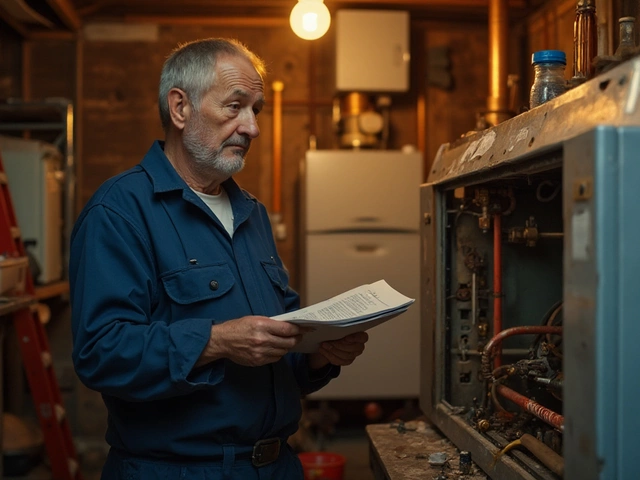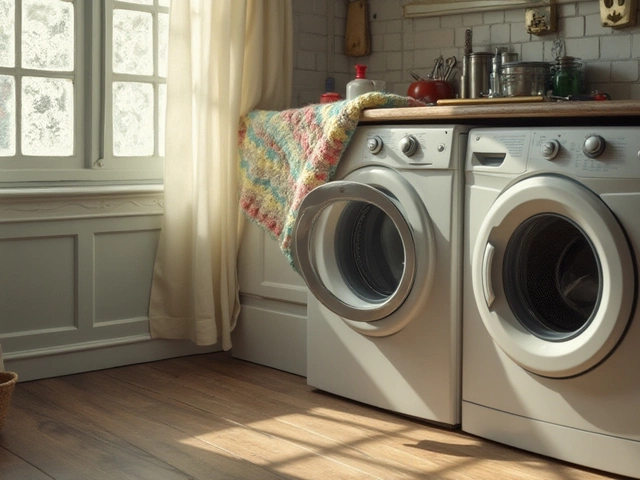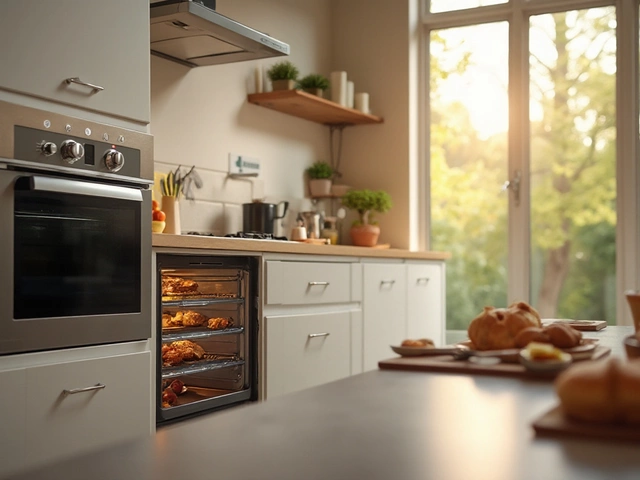Oven Problem: What Goes Wrong And How To Fix It
May 21 2025Electric Oven Issues: What’s Going Wrong and How to Fix It
Ever opened your oven only to see it staying cold? Or maybe it heats up but the temperature’s all over the place? Those are classic electric oven issues that can ruin dinner plans and waste money. The good news is many of these problems have easy fixes you can try at home. Below we’ll walk through the most common signs, simple DIY steps, and the point where you should call in a certified engineer.
Top Signs Your Electric Oven Needs Attention
1. Oven won’t heat at all. If the display works but the interior stays cool, the heating element is the usual suspect. A broken element will look dark, cracked, or blistered.
2. Hot spots or uneven cooking. One side getting baked while the other stays lukewarm often means the element is loose, the oven rack isn’t centered, or the fan that circulates heat has failed.
3. Strange smells or sizzling noises. Burnt food residue can cause smoke, but a persistent metallic smell could be a short‑circuit in the element or wiring.
4. Erratic temperature readings. If you set 180°C and the oven displays 250°C, the thermostat or temperature sensor is likely faulty.
5. Oven door won’t close properly. A warped seal or broken latch lets heat escape, making the oven work harder and sometimes triggering safety shut‑offs.
DIY Fixes You Can Try Before Calling a Pro
Check the power source. Make sure the oven is plugged in and the circuit breaker hasn’t tripped. A quick reset can solve a dead‑display issue.
Inspect the heating element. Open the oven door, locate the element (usually at the bottom or top), and look for visible damage. If it looks damaged, order the exact model number and replace it yourself – just remember to disconnect power first.
Clean the interior. Grease buildup can short the element. Warm the oven slightly, then wipe it down with a damp cloth and a mild degreaser. Let it dry completely before testing.
Test the oven fan. If your oven has a convection fan, listen for a whirring sound when you turn it on. No sound may mean the fan motor is stuck or the wiring is loose. Unplug, remove the fan cover, and clear any debris.
Reset the thermostat. Some ovens have a reset button on the control board. Turn off power for a few minutes, then switch it back on. This can clear minor sensor glitches.
If any of these steps feel beyond your comfort level, or if the oven still won’t heat after you’ve replaced the element, it’s time to call a qualified gas and electric appliance engineer. Professional technicians can safely test the control board, replace faulty sensors, and ensure the oven meets safety standards – something especially important in homes with children or pets.
Remember, regular maintenance goes a long way. Wipe spills right away, keep the door seal clean, and schedule a yearly check‑up if you use the oven heavily. A little attention now can prevent costly breakdowns later.
 13 Mar
13 Mar
Is an Electric Stove Repairable?
Many dwellers in modern homes rely on electric stoves for cooking, but what happens when it malfunctions? This article explores the repairability of electric stoves, covering common issues and potential solutions. With practical tips and insights, readers will learn about signs of damage, basic troubleshooting, and when to call in a professional. This guide aims to equip stove owners with knowledge about maintaining and fixing their kitchen staple. Discover how simple repairs might save you from buying a new appliance.
Read More... 5 Mar
5 Mar
Identifying a Broken Oven Element or Thermostat: A Simple Guide
Wondering if your oven's element or thermostat is on the fritz? This guide covers the key signs of each problem and how to handle them. Learn the basics of testing these components yourself, or when it's time to call a professional. You'll get the knowledge to avoid unnecessary expenses and keep your oven in peak condition.
Read More...



